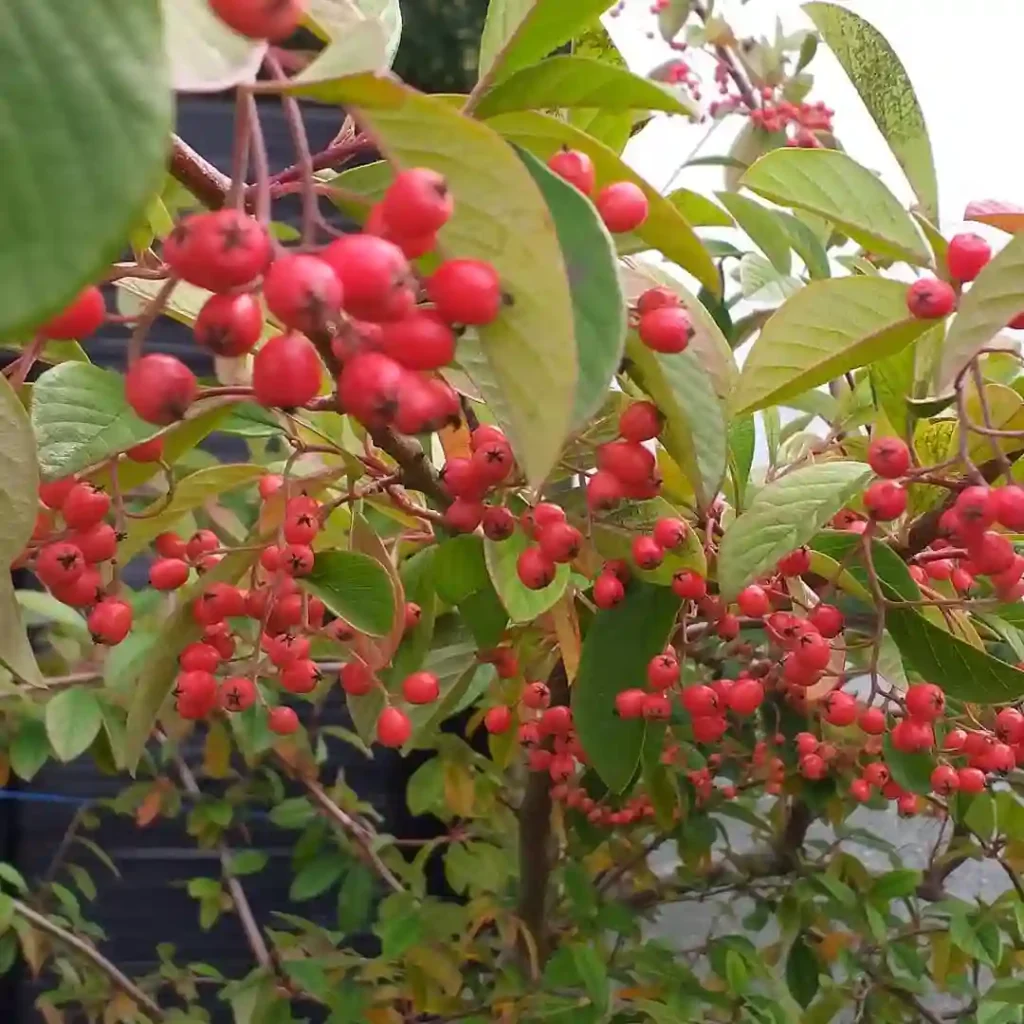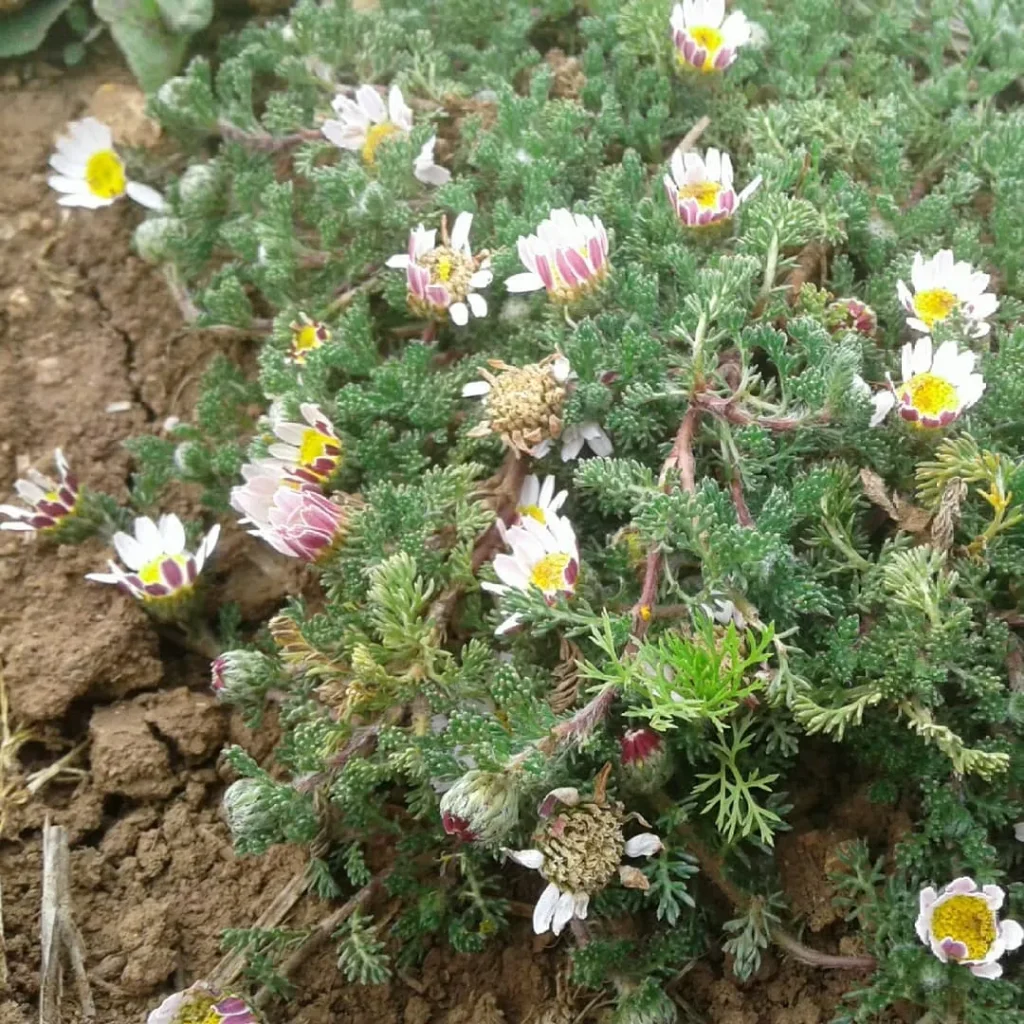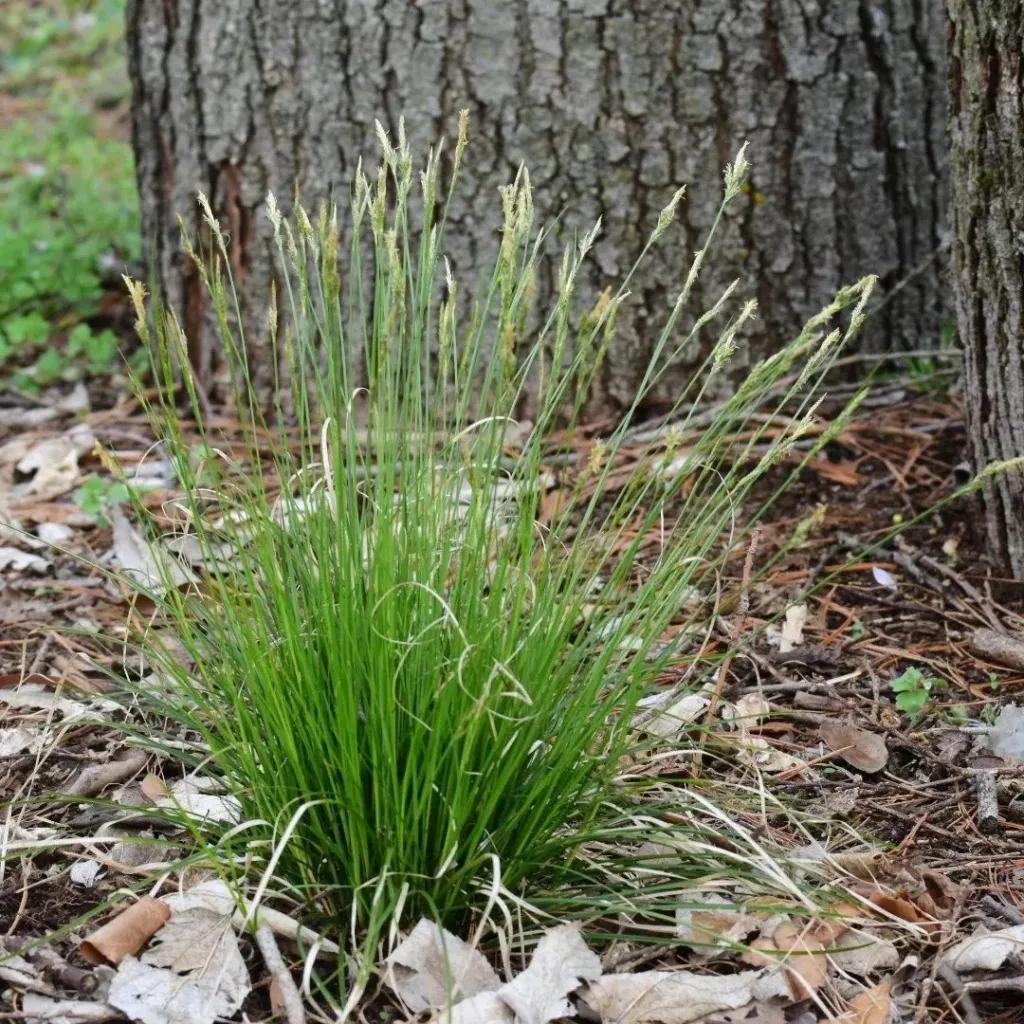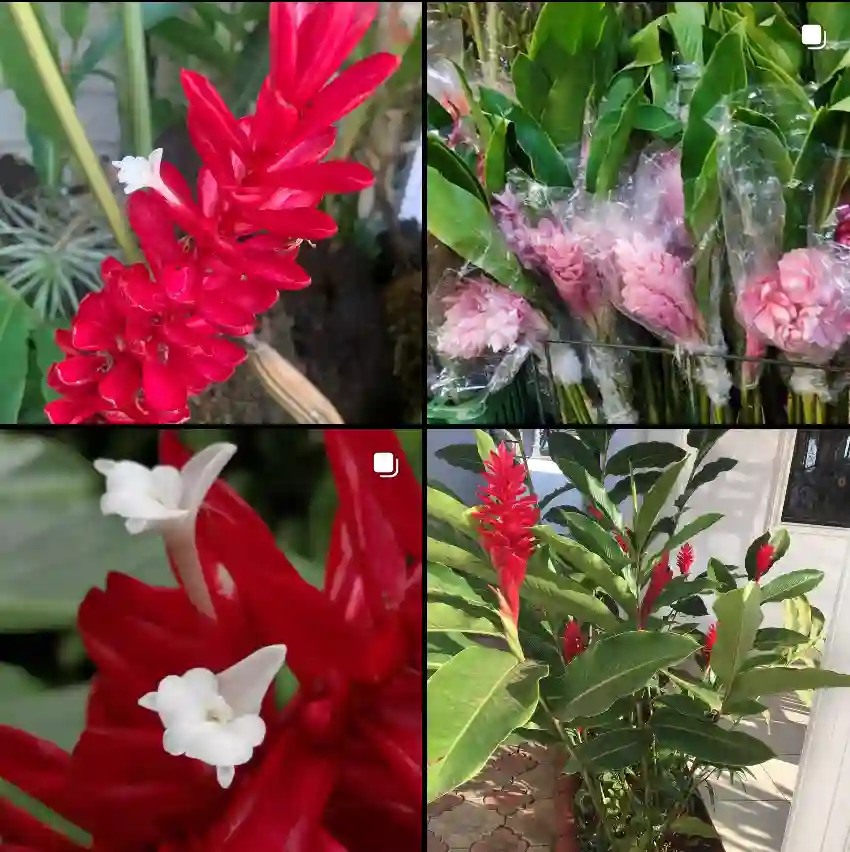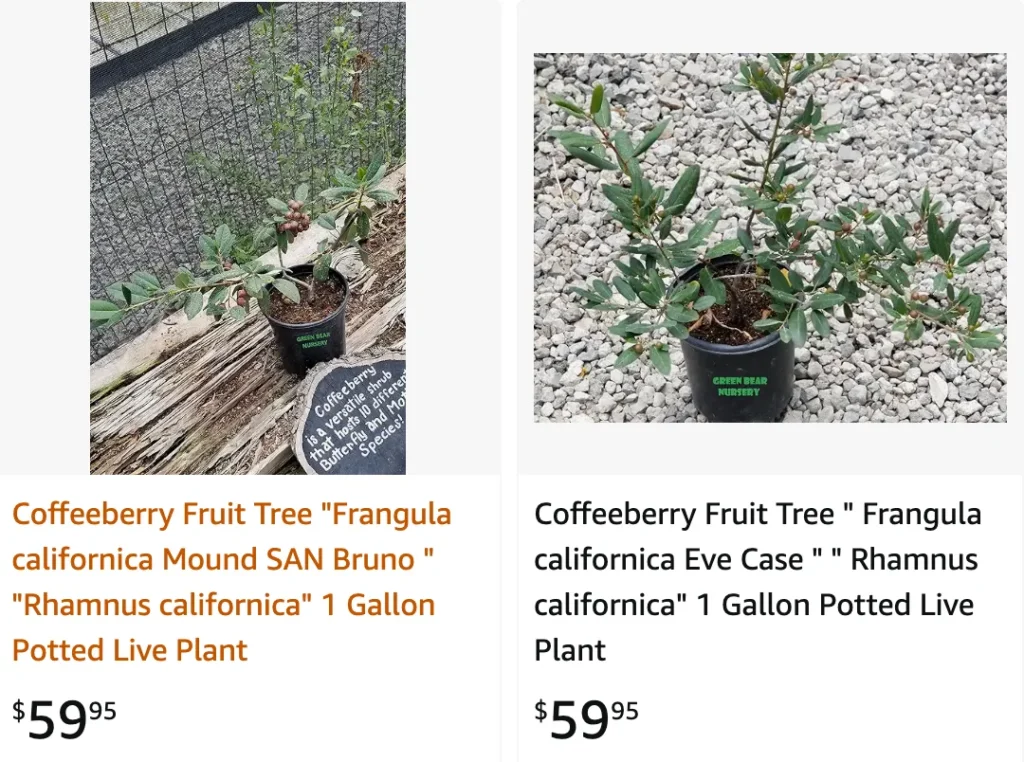
What is Frangula californica?
For years, I’ve been drawn to the California landscape. The sun-drenched hillsides, the vibrant wildflowers, and the diverse range of native plants never cease to amaze me. One species that has recently captured my attention is the Frangula californica, also known as California Coffeeberry. This evergreen shrub isn’t just visually appealing; it boasts a surprising ecological significance.
My initial attraction to Frangula californica was its aesthetic charm. Its dark green, leathery leaves and reddish-brown branches add a touch of texture to the landscape. But as I delved deeper, I discovered a whole new layer to appreciate – its role in the ecosystem.
Do Birds Distribute the Seeds of Frangula californica?
One of the most fascinating aspects of Frangula californica is its fruit. Over the summer, the shrub transforms, producing clusters of small, greenish-white flowers that eventually give way to a bounty of berries. These berries go through a fascinating metamorphosis, starting green, then turning a vibrant red, before finally maturing to a glossy black.
These black berries are a true feast for the eyes, but their real significance lies in their role as a food source for birds. During my observations, I’ve witnessed a variety of avian visitors – robins, flickers, and even the occasional cedar waxwing – flocking to the Frangula californica, drawn by the promise of a delicious snack.
Here’s where things get interesting: birds don’t just enjoy the fruits; they play a crucial role in seed dispersal. As they consume the berries, the seeds pass through their digestive system and are deposited elsewhere in their droppings. This effectively expands the reach of the Frangula californica, ensuring its continued presence in the California ecosystem.
Beyond Beauty: A Plant with Potential
The ecological significance of Frangula californica extends beyond seed dispersal. Its dense, evergreen foliage provides valuable cover for various wildlife species, creating a safe haven for small animals and insects. Additionally, the shrub’s deep root system helps to prevent soil erosion, a crucial factor in maintaining healthy hillsides.
But Frangula californica’s potential extends beyond its ecological benefits. The roasted seeds from the berries can be used as a caffeine-free coffee substitute, and some cultivars boast particularly attractive foliage, making them a popular choice for landscaping.
Bringing a Piece of California Magic to Your Garden
Intrigued by the beauty and ecological value of Frangula californica, I decided to introduce it to my own garden. Luckily, this versatile shrub is surprisingly easy to care for. It thrives in well-drained soil and tolerates a range of sun exposures, from full sun to partial shade. Once established, it requires minimal watering, making it a perfect choice for California’s dry climate.
For those interested in propagating Frangula californica, there are two main options: seeds or cuttings. Seeds can be collected from ripe berries and sown directly in pots or cold-stratified for later planting. Cuttings can be taken from semi-woody stems and rooted in moist soil.
What to Plant with Frangula californica?
Frangula californica’s adaptability allows it to be a valuable addition to various garden styles. Here are some ideas for companion plants:
- California lilac (Ceanothus): This vibrant flowering shrub complements the dark green foliage of Frangula californica beautifully.
- California poppy (Eschscholzia californica): A splash of orange California poppies adds a cheerful touch to the garden and attracts pollinators.
- Deergrass (Muhlenbergia rigens): This ornamental grass adds texture and movement to the garden and provides winter interest.
With its ecological significance, ease of care, and aesthetic appeal, Frangula californica has become a true gem in my garden. It’s a constant reminder of the beauty and interconnectedness of the California ecosystem, offering a haven for wildlife while adding a touch of native charm to my own little piece of paradise.
If i die, water my plants!
